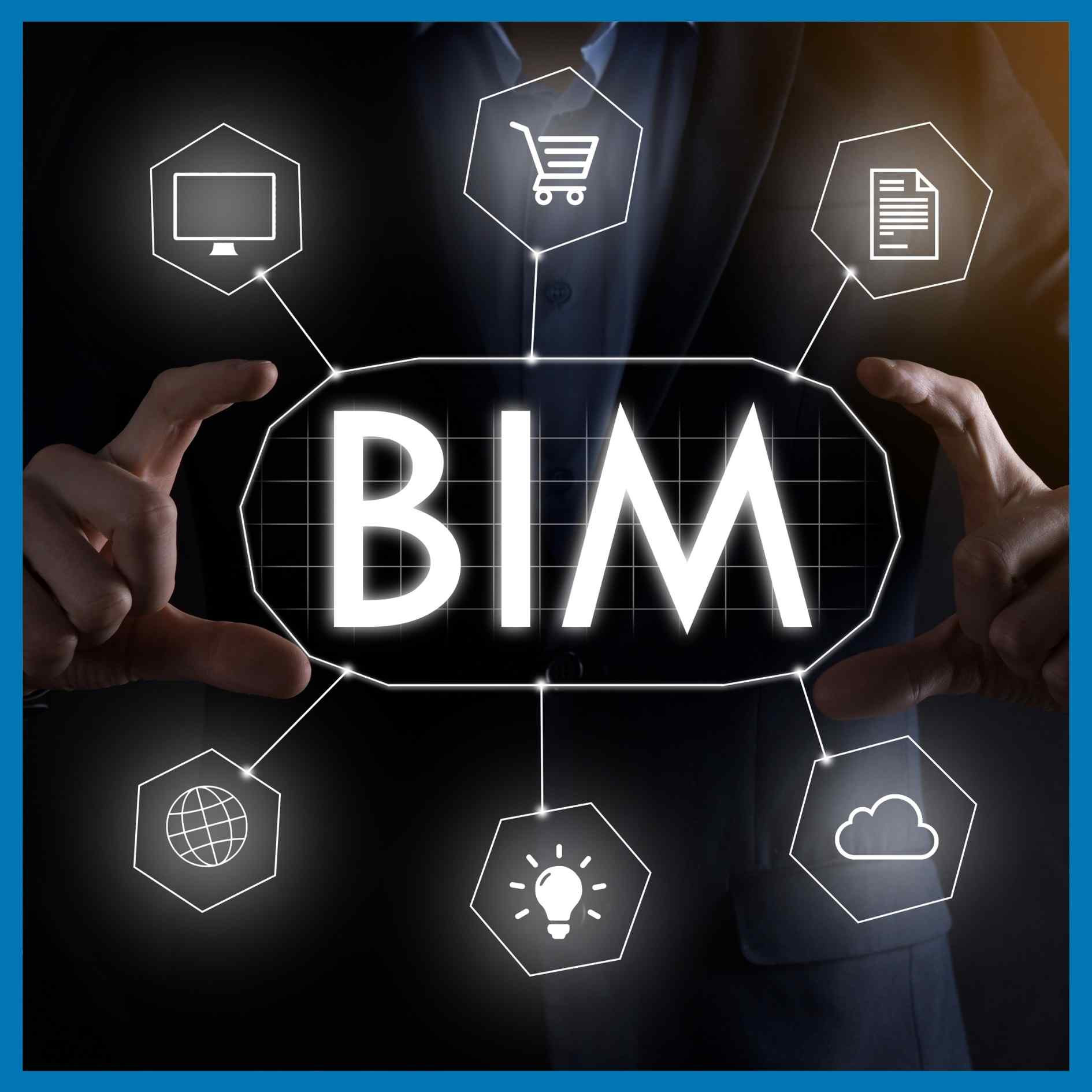Hi, Chat with us on WhatsApp.

In the fast-paced world of construction, creativity is critical to overcoming traditional difficulties. Traditional digital information systems were plagued by a lack of interoperability, with distinct software packages built by different designers unable to connect properly. Building Information Modelling (BIM), an IT solution that altered the landscape of building design and management, arose as a result of the lack of intelligence in this digital information.
BIM: Bridging the Interoperability Gap
Prior to BIM, a lack of interoperability hampered collaboration among various parties involved in construction projects. Software programmes worked in silos, making it difficult to effectively share and integrate information. BIM emerged as a solution to this problem, giving a standard platform for disparate tools and applications to share critical building information.
Not Just Software, But a Solution
In contrast to typical software programmes, BIM is an overarching IT solution that integrates several tools and applications. It serves as a collaborative hub, facilitating information sharing among architects, engineers, contractors, and other project participants. BIM enables a holistic approach to construction project management by uniting different digital elements.
Building Before Building: The Intelligence of BIM
BIM is distinguished by its capacity to enable teams to "build before they build." Construction experts can use this transformational power to uncover disputes and flaws in the virtual domain before breaking ground on the physical site. Users can create a virtual depiction of the building using the intelligence included in BIM objects, which includes defined features and relationships with other objects. The precision and accuracy of the virtual model are improved by metric attributes that are interconnected in a machine-readable format.
BIM Authoring: Shaping the Digital Landscape
Construction experts use BIM authoring to bring their plans to life in a virtual environment. A 3D graphical interface for authoring is provided by many software tools, providing a visual depiction of the construction project. Revit (Autodesk), ArchiCAD (Graphisoft, Nemetschek), Microstation (Bentley), Vectorworks (Nemetschek), SciaEngineer (Nemetschek), SAP2000 (Computers and Structures, Inc.), and Tekla Structures (Tekla) are some popular BIM authoring tools.
BIM has surely revolutionised the construction sector by solving the inadequacies of old digital information systems. BIM, as an innovative IT solution, goes beyond the limitations of individual software packages, facilitating cooperation and allowing for a more holistic approach to construction project management. The capacity to "build before they build" not only improves efficiency, but also helps to identify and eliminate potential issues, ensuring that construction projects are completed with precision and success. As the construction industry embraces technology, BIM demonstrates the power of intelligent, interoperable solutions in determining the future of construction.
0 Comments